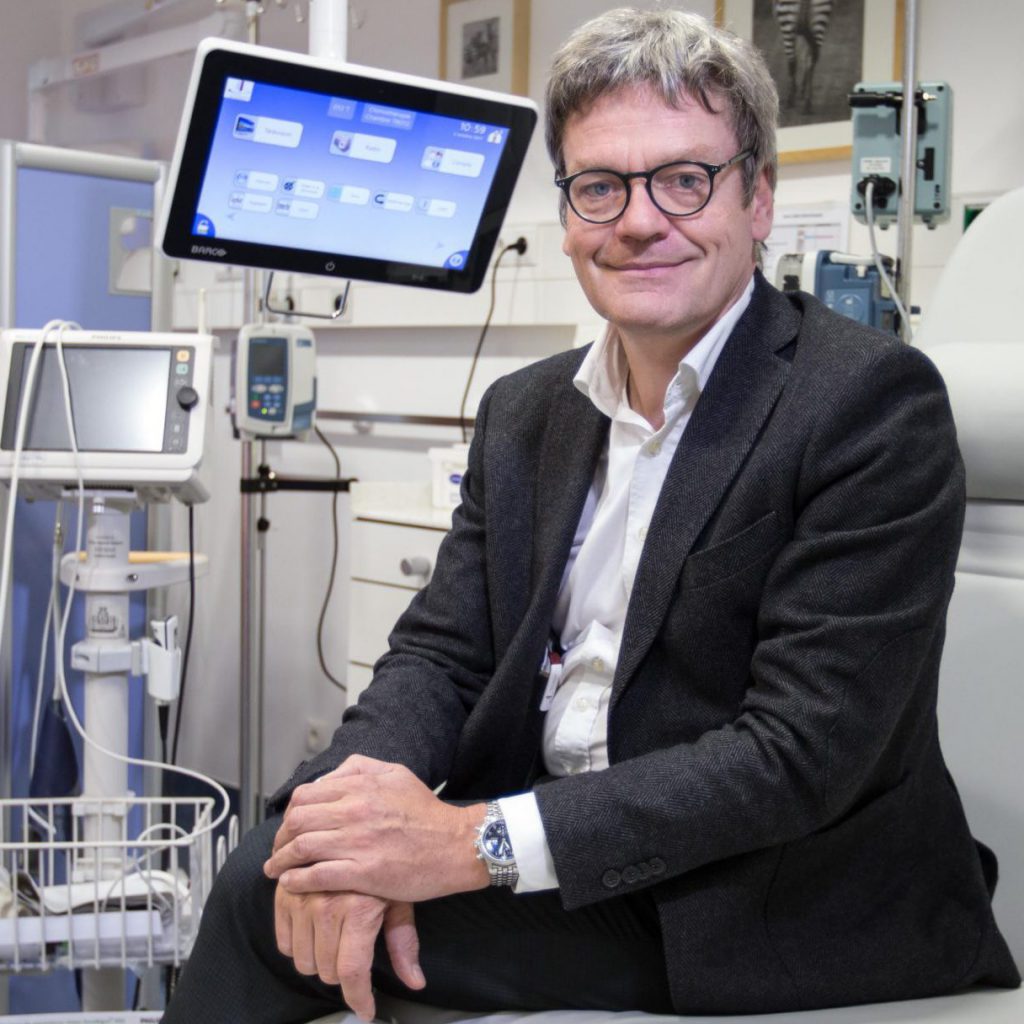Dr. Kathryn P. Lowry of the University of Washington in Seattle and colleagues used Cancer Intervention and Surveillance Modeling Network simulation models and risk estimates from the Cancer Risk Estimates Related to Susceptibility Consortium to estimate the effects of different screening strategies in U.S. women with ATM, CHEK2, or PALB2 pathogenic variants born in 1985.
The mean estimated lifetime breast-cancer risk was 20.9% for women with ATM pathogenic variants, 27.6% for women with CHEK2 pathogenic variants, and 39.5% for women with PALB2 pathogenic variants, the researchers report in JAMA Oncology.
Across all the variants, annual mammography alone from ages 40 to 74 was estimated to reduce breast-cancer mortality by 36.4% to 38.5% compared with no screening, with 2,092 to 2,224 false-positive screenings and 279 to 296 benign biopsies.
Screening with annual MRI starting at age 35, followed by annual mammography and MRI starting at age 40, would reduce breast cancer mortality by 54.4% to 57.6% compared with no screening, with 4,661 to 5,001 false-positive screenings and 1,280 to 1,368 benign biopsies per 1,000 women, the study estimated.
Annual MRI starting at age 30, followed by mammography and MRI at age 40, would curb mortality by 55.4% to 59.5%, with 5,075 to 5,415 false positives and 1,439 to 1,528 benign biopsies per 1,000 women.
In the setting of MRI screening, starting annual mammography at age 30 versus age 40 years did not meaningfully reduce mortality but did increase false-positive screenings and benign biopsies, the researchers found.
Women with PALB2 pathogenic variants experienced the most benefit from MRI screening, with the most breast-cancer deaths averted and greatest life expectancy gains for all strategies, the researchers report. This finding is not surprising, they add, given these patients' higher risk of breast cancer and their poorer prognosis when cancer develops.
The researchers note that longer screening intervals for women with genetic susceptibility to breast cancer have not been tested in clinical trials and call for studies to evaluate outcomes for biennial and triennial MRI intervals, age-specific MRI intervals, and combinations of alternating MRI and mammography.
In the meantime, they conclude, "Our study adds to the growing body of literature supporting the use of MRI for women at elevated risk of breast cancer."
"This analysis," they add, "suggests that annual MRI screening starting at 30 to 35 years followed by annual MRI and mammography at 40 years may reduce breast cancer mortality by more than 50% for women with ATM, CHEK2, and PALB2 pathogenic variants," whereas adding mammography to MRI before age 40 would likely "offer little additional benefit."
SOURCE: https://bit.ly/3HWSOP1 JAMA Oncology, online February 17, 2022.
By Reuters Staff
Posted on
Previous Article
« New tool predicts mortality after percutaneous mitral-valve repair Next Article
Breast cancer therapy-related cardiac dysfunction likely diagnosed more accurately with combined testing »
« New tool predicts mortality after percutaneous mitral-valve repair Next Article
Breast cancer therapy-related cardiac dysfunction likely diagnosed more accurately with combined testing »
Related Articles

November 26, 2019
Letter from the Editor
September 23, 2021
Residual breast cancer burden after neoadjuvant chemo predicts survival
© 2024 Medicom Medical Publishers. All rights reserved. Terms and Conditions | Privacy Policy

